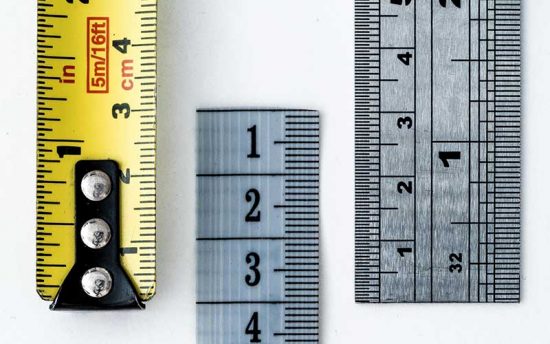Going Metric. A sign of the time?

Should the United States go metric? What role do math teachers have to play?
My husband recently decided to renew our subscription to TIME magazine. While I was enjoying a Sunday morning cup of coffee, I picked up the latest edition. As I was reading about the expansion of O’Hare airport (p. 12), I noticed an unusual sentence: “…gobbling up land in a 300-acre (120 hectare) ‘acquisition of area’….”
Here are some other metric friendly sentences that also caught my attention:
“The Kisling’s grow more than 3,000 acres (1,200 hectares) of hard red winter wheat…” (p.89)
“…the main ingredient in instant noodles [is] produced nearly 10,000 miles (16,000 km) away in a factory…” (p. 89)
“…the inventor of a 27-oz (.8 L) stainless bottle …” (p. 92)
What is so unusual about these sentences?
I don’t know about you, but I don’t have many memories of learning about the metric system in school. The majority of those memories were reading and memorizing countless tables of conversions in high school and college science.
Until very recently, articles from newspapers and magazines (and even textbooks!), only gave measurements in US Customary units. When I read the articles in TIME magazine this morning I was surprised to see the variety of measurements noted in metric! When did this start happening?
Current Reality
The debate about using the metric system versus the U.S. Customary system is not a new one.
The United States is now the only industrialized country in the world that does not use the metric system as its predominant system of measurement (Liberia and Myanmar are other countries who have not officially converted to the use of the metric system).
You can go to the store and buy a 2 liter of soda as compared to a gallon of milk.
In the final report of the study “A Metric America: A Decision Whose Time Has Come,” the National Institute of Standards and Technology concluded that “the U.S. would eventually join the rest of the world in the use of the metric system of measurement”.
The National Council of Teachers of Mathematics position on the use of the US Customary and the metric systems is:
“To equip students to deal with diverse situations in science and other subject areas, and to prepare them for life in a global society, schools should provide students with rich experiences in working with both the metric and the customary systems of measurement while developing their ability to solve problems in either system.”
A Sign of the Time (no pun intended!)
If what NIST says is true, and from what I observed today in TIME magazine, perhaps the United States is catching up to the rest of the world.
Ironically enough, the feature article of TIME for September 22, 2008 is “21 Ways to Fix Up America.”

